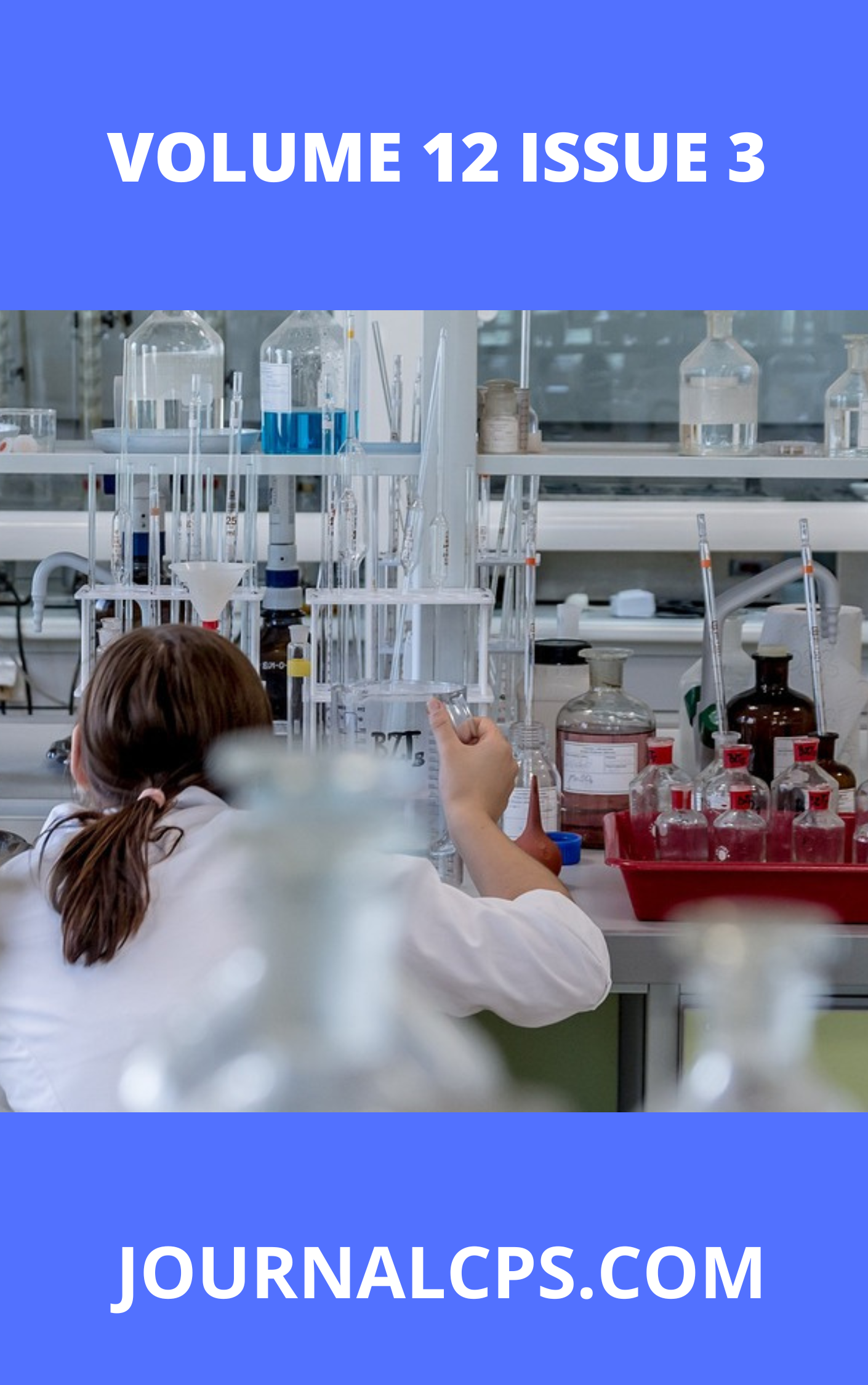Synthetic Approaches, Classification, Properties and Application of Metal-Organic Frameworks: A Review
Keywords:
Metal–organic frameworks (MOFs); Synthetic methods, Classification, Applications of MOFsAbstract
Metal-organic (MOF) is a group compound that consists of an ion or metal group coordinated by organic ligands to make many-dimensional structures. MOFs are subclassed by coordinated polymers with speciality porous structures. The pursuit of rapid development in the area of catalysis, solar energy, environmental remediation, wastewater treatment and other aspects of ecological and sustainable chemistry has prompted substantial research by material chemists, physicists, academics and other scientists for the development of porous material. A lot of energy had been invested in this course by scientists, research organizations and public sector agencies from antiquity, but the resulting solution was somewhat undesirable until two decades ago when Metal-Organic Frameworks (MOFs) appeared to offer a glimpse of a solution to those challenging issues. The adaptability, flexibility, uniqueness and usability of the metal-organic frameworks material, and its suitability to every facet of scientific and technological advancement has since triggered an incredible upsurge in studies aimed at uncovering more of the inherent influential properties of the materials, and its improvement for the betterment of material science and research world. This review is aimed at investigating some of the recent advancements/breakthroughs in metal-organic frameworks, synthetic methodologies and applications.
Downloads
Published
Issue
Section
Similar Articles
- Felix B. Fatoye, Yomi B. Gideon, Joseph I. Omada, Geochemical Characteristics of the Cretaceous Emewe–Efopa Coal in the Northern Anambra Basin of Nigeria , Communication In Physical Sciences: Vol. 7 No. 1 (2021): VOLUME 7 ISSUE 1
- Michael Oladipo Akinsanya, Aminath Bolaji Bello, Oluwafemi Clement Adeusi, A Comprehensive Review of Edge Computing Approaches for Secure and Efficient Data Processing in IoT Networks , Communication In Physical Sciences: Vol. 9 No. 4 (2023): VOLUME 9 ISSUE 4
- Bright Adinchezo Adimoha , James Nwawuike Nnadi, Bright Okore Osu, Franca Amaka Nwafor, A Mixed Boundary Value Problem for a Finite Isotropic Wedge Under Antiplane Deformation , Communication In Physical Sciences: Vol. 11 No. 4 (2024): VOLUME 11 ISSUE 4
- M. M. Ndamitso, M. Musah, J. T. Mathew, V. T. Bissala, Comparative Nutritional Analysis of Daddawa Made from Fermented Parkia biglobosa and Glycine max Seeds , Communication In Physical Sciences: Vol. 5 No. 3 (2020): VOLUME 5 ISSUE 3
- A. O. Aliyu, F. E. Awe, M. D. Faruruwa, T. E. Abawua, Synthesis of Some Schiff Bases and Investigation of their Corrosion Inhibition Efficiencies for Aluminum in Acidic Media , Communication In Physical Sciences: Vol. 8 No. 1 (2022): VOLUME 8 ISSUE 1
- Forward Nsama, Development of Sustainable Finance Strategies for Climate-Resilient Infrastructure Investments Across U.S. States , Communication In Physical Sciences: Vol. 12 No. 6 (2025): Volume 12 ISSUE 6
- A. E. Chukwude, Timing noise analysis of 27 HartRAO radio pulsars , Communication In Physical Sciences: Vol. 1 No. 1 (2010): VOLUME 1 ISSUE 1
- M. E. Khan , Synthesis, Spectroscopic Characterization and Biological Studies Of 2-{[(2-hydroxy-5-nitrophenyl)methylidene]amino} nicotinic acid and Iron (II) complexes , Communication In Physical Sciences: Vol. 5 No. 2 (2020): VOLUME 5 ISSUE 2
- Okunade Oluwasogo Adekunle, Evaluation of Time Complexities of Bayesian Vs Hybridized Word Stemming Techniques for Advanced Fee Fraud Emails Filtering , Communication In Physical Sciences: Vol. 7 No. 2 (2021): VOLUME 7 ISSUE 2
- Usoro Monday Etesin, Abigail Louis Essien, Distribution of Heavy metals in sediments and surface waters from Iko River Marine Ecosystems, Akwa Ibom State, Niger Delta, Nigeria , Communication In Physical Sciences: Vol. 12 No. 2 (2025): VOLUME 12 ISSUE 2
You may also start an advanced similarity search for this article.




